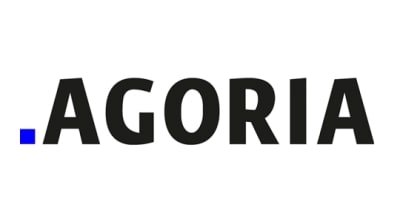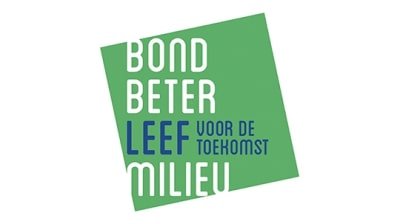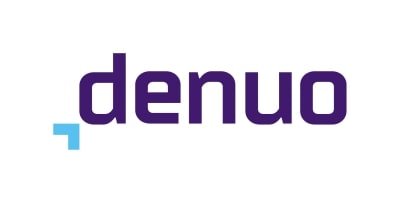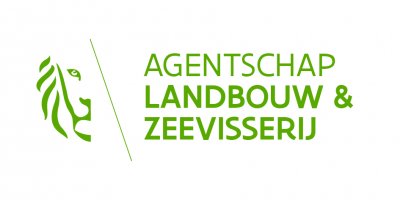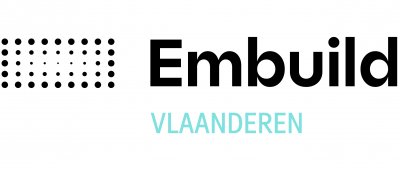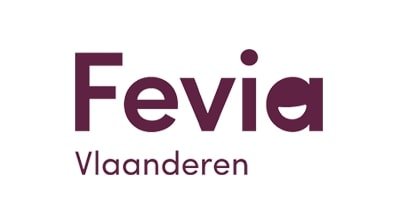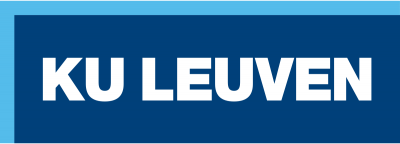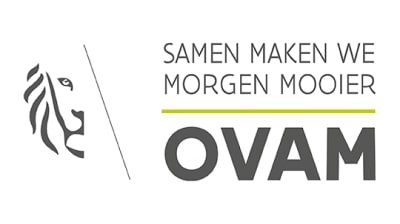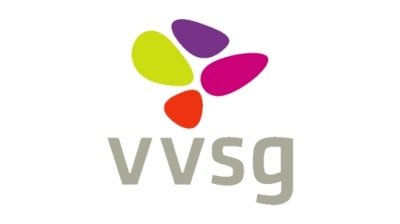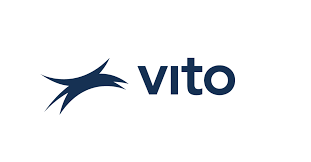Topics
We organise our actions in six thematic & strategic agendas:
Strategic Agendas:
Bio-economy
Circular Construction
Chemicals/Plastics
Manufacturing Industry
Food Chain
Water Cycles
Seven leverages provide additional support:
Leverage effects:
Lever Policy Instruments
Lever Circular Procurement
Lever Communication
Lever Innovation & Entrepreneurship
Lever Financing
Lever Jobs & Skills
Lever Research
What, why and how?
Why are we pursuing a circular economy?
Future visions 2050
How do we see our circular future?
About our management
Who steers what at Flanders Circular?
Park building Island Zwijnaarde
Ambitious practical case on circularity, flexibility and profitability
POM East Flanders and PMV want to erect a Park Building on Eiland Zwijnaarde. The bar is high: the building with services and offices of about 10,000 m² should become the reference in terms of community building, circularity and flexibility, with attention to healthy profitability.
Through this project, POM East Flanders is joining forces with KU Leuven to tackle the following two aspects of the ambitious building project.
Firstly, we want to build the principles of circularity and flexibility into a classic financial investment model. This will have an impact on the size, nature and timing of the costs and benefits in the investment analysis. Based on the adapted financial model, KU Leuven will develop a freely available calculation tool that other building owners, investment companies, designers, architects, governments ... can use.
Secondly, we want to draw up qualitative specifications and select a suitable construction partner. Traditional awarding at the lowest price will not lead to the desired result here. An innovative specification is central.
We have extensively documented the entire process of this project, from idea to successful tender process, and are happy to share it.
POM Oost-Vlaanderen
Partners KU Leuven Burgerlijke Bouwkunde, Bouwfysica en Duurzaam Bouwen, campus Gent, KU Leuven Faculteit Rechtsgeleerdheid, CCM en Instituut voor Goederenrecht (IvG), campus Kortrijk KU Leuven Faculteit Economie, Onderzoekseenheid ECON-CEDON, campus Brussel
Sectors
Themes
Organisations
MOST IMPORTANT
RESULTS
- In order to select the most suitable candidate via the public tender, we studied in detail all possibilities for selection and award criteria, functional description and use of tools (GRO, C-Calc, TOTEM ...).
- Thanks to the weighting framework and the public procurement comparative table, the client can choose the right procurement procedure.
- The financial impact analysis shows which parameters around circularity and flexibility can be included in a financial model and what their impact is on profitability.
- Service models such as as a service are gaining in popularity. There are a number of risks, costs and financial implications associated with this. We analysed the applicable legislation (or lack thereof) and the contractual aspects to be regulated.
MOST IMPORTANT
LESSONS LEARNED
- It is important to determine in advance what circularity and flexibility mean specifically for the project at hand. Sufficient time should go into project definition and ambition setting, as these are often referred to throughout the construction process.
- The contractor must be given enough freedom to work out creative solutions. The minimum requirements should not be too high. It is important to allow sufficient consultation and to get both architects and contractors around the table together.
- It is crucial to look not just at the cost of a building, but at the Total Cost of Ownership (TCO). The percentages of the award criteria should be distributed in an impactful way.
- Not every product offered according to an as-a-service model is sustainable, and not every service model guarantees a longer lifespan.
WHAT DOES
THE FUTURE HOLD?
The public tender process for the construction and maintenance of the Park Building is ongoing. We hope to receive an environmental permit in 2023 and start construction as soon as possible. Additional information will appear on the website as the tendering procedure progresses. Interested parties can also stay informed about progress and any training courses via a newsletter.

